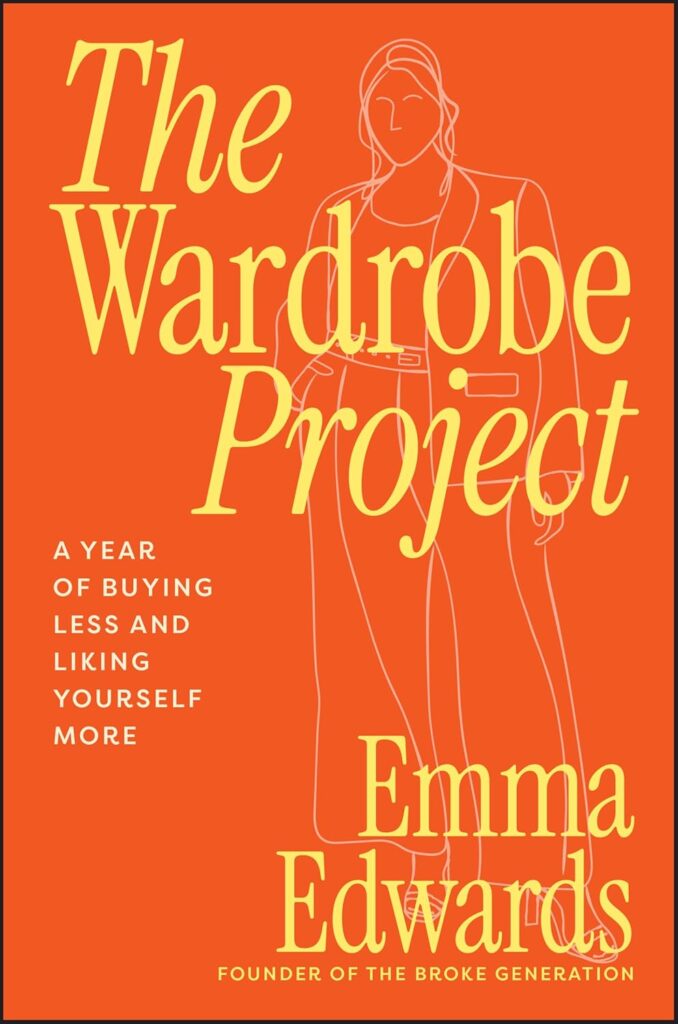You only have to glance at the fruit and veg section at Woolies to see that the price of blueberries demands your firstborn child or a large velvety cappuccino has you clutching your pearls and wishing we could go back to 2021 (minus the lockdowns…obviously).
However, staying healthy doesn’t have to break the bank. With a few savvy tips and some creative thinking, you can maintain a balanced diet, stay active, and prioritise your wellbeing without draining your bank account.
Prep Your Meals
Meal prepping is your best friend when it comes to eating healthy on a budget. By planning your meals ahead of time, you can create a shopping list that keeps you focused on buying only what you need. This reduces impulse purchases and food waste. Opt for seasonal produce, which is often cheaper and fresher. Just remember to stick to the cardinal rule, never shop when you’re hungry.
Tip: Dedicate a Sunday afternoon to prep your meals for the week and set yourself up for success. Involve your family or friends to make it a fun activity.
Amelia Bandera, Accredited Practising Senior Dietitian and Health Coach at Juniper, states “There are 4 key components to keep in mind for a balanced and satisfying meal:
Lean Protein: Aim for 30 grams of protein; which is about two-thirds of your meal. Protein is crucial for muscle repair and growth, and it helps keep you feeling full longer.
Colourful, Non-Starchy Veggies: Think a variety of salad vegetables, leafy greens or even frozen veg. These vegetables are rich in essential nutrients, including fibre, which supports healthy digestion and helps keep you fuller for longer.
Whole Grains or Starchy Veggies: Add a source of whole grains or starchy vegetables to your meals. Foods like potatoes, brown rice, quinoa, beans, and legumes are rich in fibre and B vitamins, which are vital for energy production.
Healthy Fats: Sources of healthy fats include extra virgin olive oil, nuts, seeds, and avocado. Aim for about one tablespoon of healthy fats in your meal.
Cook at Home
Your mum was onto something when she said ‘We have food at home’. Eating out frequently can quickly add up and, with the exorbitant fees on Uber Eats, you’re better off sticking to home cooked meals. Cooking at home is not only cost-effective but also allows you to control the ingredients, ensuring healthy meals. Plus you can then put some cash away to splurge on a really good restaurant and treat yourself, rather than mindlessly eating an average pad Thai that gets worse with every bite.
Tip: Try hosting a potluck dinner with friends where everyone brings a homemade dish. It’s a great way to share new recipes and enjoy a variety of foods without spending much. Plus, it’s a shared work load which means less work for you!
P.S. Check out some of our $10 meal recipes here.
Shop Smart
Look for deals, discounts, and bulk buying options. Buying in bulk can save money in the long run. Don’t overlook store brands, which are often cheaper but just as nutritious as name brands.
Tip: Dietitian Amelia Bandera has some fantastic tips to keep you shopping smart. She says ”shop the Fruit and Veggie Specials: Focus on buying fruits and vegetables that are in season, as they are often cheaper and fresher.
Frozen Fruit & Vegetables: Frozen fruit and vegetables are a great way to bring nutrition to your meals at a lower price.
Tinned Foods: Canned beans, legumes, tomatoes, and other vegetables are cost-effective and nutritious. They are convenient and have a long shelf life. Be sure to choose varieties with no added salt as a healthier option.
Dried Beans and Lentils: Cooking beans and legumes from scratch can save even more money compared to buying canned versions. Perfect for stews, curries and soups in winter, or added to salads in the summer.
Stay Active for Less
You don’t need an expensive pilates membership to stay active. Walking and running are great ways to get your daily exercise without spending a dime. Platforms like YouTube also provide a plethora of free workout videos ranging from yoga to high-intensity interval training.
Tip: Make exercise social by inviting a friend to join you on a walk. It’s a great way to stay motivated and catch up.
Don’t Forget about Mental Health
Mental health is as important as physical health. Practising mindfulness and stress management techniques can significantly improve your well-being. There are many free resources available, including apps that offer guided meditation and relaxation exercises.
Tip: Create a calming bedtime routine that includes activities like reading, journaling, or listening to soothing music. This can help reduce stress and improve sleep quality. Headspace offers free memberships for teachers and nurses however there are many other fantastic resources for free. Don’t underestimate the power of Youtube as they have hundreds of 24/7 meditation music channels!
Staying healthy on a budget is all about being resourceful and making smart choices, and of course making sure it suits your lifestyle and routine. With these tips, you can maintain a balanced lifestyle without overspending.
Remember, it’s not about perfection but consistency. Small, sustainable changes can lead to significant improvements in your health and well-being. So, embrace the challenge and enjoy the journey to a healthier you!
Learn more about staying healthy on a budget below.
Image: Pexels





